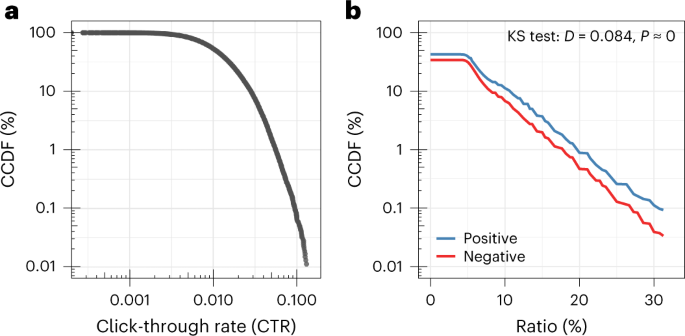スクリプス海洋研究所が海運大手マースクと連携し、放射ノイズを低減する船舶設計を特定。 Scripps Whale Acoustics Lab teams up with shipping giant Maersk to identify vessel designs that reduce radiated noise
2023-03-16 カリフォルニア大学サンディエゴ校(UCSD)
この研究はサンタバーバラ海峡で実施され、エネルギー効率と燃費の向上を目指したマースクの「ラディカル・レトロフィット」イニシアティブの影響を測定したもので、騒音排出を削減する可能性もあります。
この研究は、マースク社と共同で実施され、全米資源防衛協議会から資金提供を受けたもので、改装後の船舶の低周波帯域におけるモノポール音源レベルが大幅に減少することが確認されました。
<関連情報>
- https://today.ucsd.edu/story/new-study-examines-noise-reduction-from-retrofitted-shipping-vessels
- https://journals.plos.org/plosone/article?id=10.1371/journal.pone.0282677
レトロフィットによるコンテナ船の放射ノイズとモノポール音源レベルの変化 Retrofit-induced changes in the radiated noise and monopole source levels of container ships
Vanessa M. ZoBell ,Martin Gassmann,Lee B. Kindberg,Sean M. Wiggins,John A. Hildebrand,Kaitlin E. Frasier
PLOS ONE Published: March 16, 2023
DOI:https://doi.org/10.1371/journal.pone.0282677
Abstract
The container shipping line Maersk undertook a Radical Retrofit to improve the energy efficiency of twelve sister container ships. Noise reduction, identified as a potential added benefit of the retrofitting effort, was investigated in this study. A passive acoustic recording dataset from the Santa Barbara Channel off Southern California was used to compile over 100 opportunistic vessel transits of the twelve G-Class container ships, pre- and post-retrofit. Post-retrofit, the G-Class vessels’ capacity was increased from ~9,000 twenty-foot equivalent units (TEUs) to ~11,000 TEUs, which required a draft increase of the vessel by 1.5 m on average. The increased vessel draft resulted in higher radiated noise levels (<2 dB) in the mid- and high-frequency bands. Accounting for the Lloyd’s mirror (dipole source) effect, the monopole source levels of the post-retrofit ships were found to be significantly lower (>5 dB) than the pre-retrofit ships in the low-frequency band and the reduction was greatest at low speed. Although multiple design changes occurred during retrofitting, the reduction in the low-frequency band most likely results from a reduction in cavitation due to changes in propeller and bow design.



